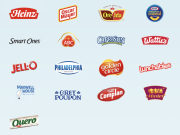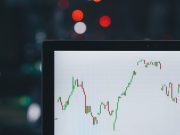Warren Buffett’s Dividend Portfolio
It’s no wonder why investors closely monitor Warren Buffett’s portfolio. He is arguably the greatest investor of all time.You can download an up-to-date list...
Investing for Passive Income: 5 Steps for Living Off Dividends Forever
How do you know that you are earning enough income to ensure that you can retire? I’m not even considering how to retire early....
The Top 3 Stocks You Should Own Now
#3 could pop any day now...
1. The Vanguard Total Stock Market ETF (NYSE: VTI)
This is a bit of a cheat, because...







